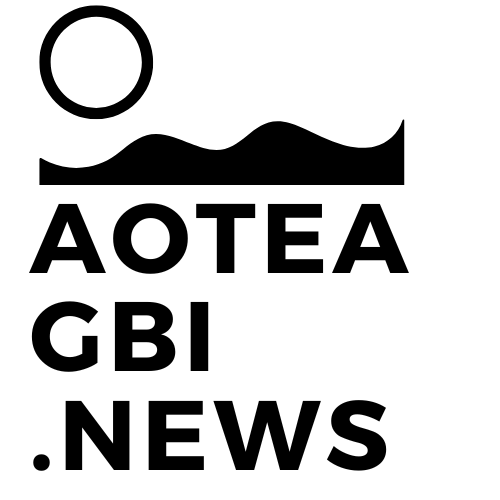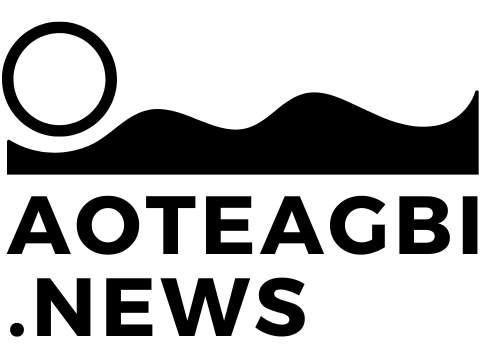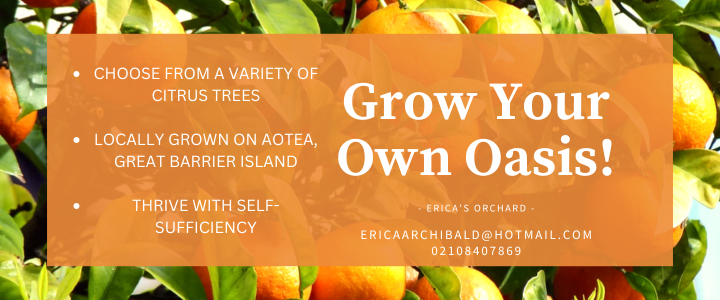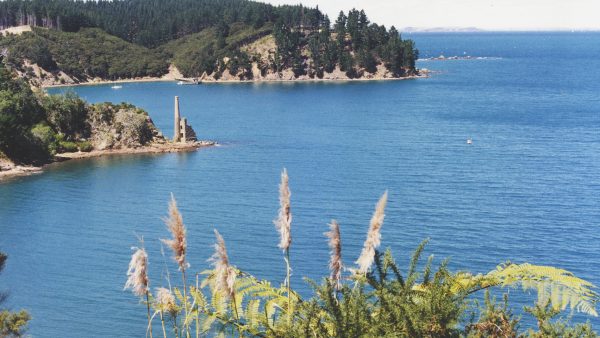The Ministry for Primary Industries (MPI) has declared an immediate review into the issuance of commercial fishing permits within areas under both a rāhui and Controlled Area Notice (CAN) across parts of Great Barrier Island and Northland, to combat the spread of the invasive Caulerpa seaweed.
“Out of an abundance of caution, MPI’s Chief Biosecurity Officer is undertaking a review of the conditions of the permits for commercial rock lobster fishing to ensure they are appropriately managing any risk of Caulerpa spread.” Deputy Director-General of Biosecurity New Zealand, Stuart Anderson said Monday.
The announcement comes on the heels of a storm of criticism after AoteaGBI.news reported yesterday that commercial crayfish pots had been discovered by local environmentalists in the southwest of Great Barrier Island, an area supposed to be protected by a CAN and a local rāhui.
MPI had not notified residents or local government officials of the permits, leading to accusations of a breach of trust and a lack of transparency.
Emeritus Professor Barry Scott from Massey University criticized MPI’s decision to permit such activities, stating, “This makes an absolute mockery of trying to control the spread.” Similarly, Izzy Fordham, chair of the Great Barrier Island Local Board, expressed outrage, noting, “Our community has lived with this CAN for just on three years and we have all done our best to abide by the rules and regulations that brings. Then we find that a commercial offshore operator has a permit to harvest within the CAN area. This makes a mockery of the whole thing.”
Controlled Area Notices (CANs) were established as a response to the discovery of Caulerpa in June 2021 on Aotea and later across parts of Northland, Kawau, and Waiheke islands. This invasive seaweed is known for rapidly growing and smothering marine ecosystems. It primarily spreads from disturbances caused by boat anchors, divers, or fishing equipment, and can also propagate from fragments that break off during storms.
MPI says there have been over 300 special permits issued for a range of activities within CAN areas, including to enable science activities (e.g. confirming ID of caulerpa), maintenance of moorings, ferry services and some private vessel anchoring.
This review is expected to conclude within a week.
“If the Chief Biosecurity Officer’s review identifies any issues, the permitting process will be reassessed.” Anderson added.
According to MPI, none of the permit holders are currently engaged in crayfishing within the Aotea CAN area.
AoteaGBI.news contacted Fisheries Minister Shane Jones; his office referred us to Biosecurity Minister and ACT MP Andrew Hoggard, who has yet to respond.








